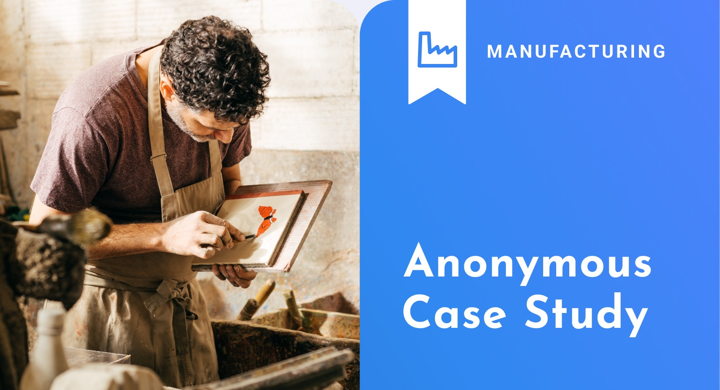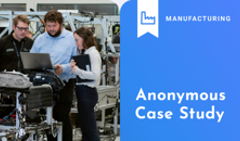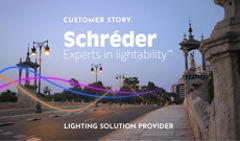FlippingBook saves us a lot of time and money on printing, and helps us enhance our readership.
|
Industry: Manufacturing Product: FlippingBook Online |
One of our customers is a leading wholesale tile supplier in Victoria, Australia, with more than 60 years of experience in tile design and manufacturing. Backed up by 200+ in-house employees and hundreds of factory workers in Malaysia and China, the Company excels in commercial, residential, and bespoke projects all over Australia and New Zealand.
Challenge
The Company presents their product ranges through catalogs: both smaller brochures, focusing on a single tile line, and larger ones, covering the entire collection. Each catalog has extensive tables with product codes and feature descriptions, but mostly high-quality pictures, like interior design examples, sample colors, and unique tile patterns called faces.
The Company's target audience includes architects, builders, interior designers, traders, and anyone interested in tile engineering. So every year, dozens of different catalogs have to be readily available to all these clients scattered across the Oceania region. In the past, the Company used to distribute their brochures in paper. But printing, shipping, and keeping the booklets up-to-date was turning out to be way too expensive.
We were constantly updating our catalogs to make them better and more accessible, so we had to go digital to cut expenses and have all the brochures in one place.
Solution
To transition from print, the Company searched for an alternative format for their catalogs—and discovered digital flipbooks. The new solution quickly became a part of the team's work process: they would create a PDF in InDesign and upload it straight to FlippingBook. From there, they could embed the brochure on their website by copying and pasting a few lines of code.
FlippingBook helped us with a lot of things, not just saving paper: it blends in so well on our website, and gets the catalogs out to our clients.
Going digital allowed the Company to reach a wider audience and cover more distribution channels. Besides sharing catalogs as direct links, the team started including brochure previews in email campaigns and on social media. At industry events like Equinox, architects and designers now could access all the information they needed on the go, right from their smartphones via the FlippingBook app.
We also started putting QR codes with catalog links on the back of our tile ranges, so that people could see all the details of what they're potentially going to buy.
The team used internal links and FlippingBook's table of contents editor to make the catalogs easier to navigate, and embraced branding by adding a clickable logo and a matching background to give the brochures an elevated, consistent look.
Results
Today, after 6 years with FlippingBook, the Company has achieved their initial goal of cutting printing expenses, and explores some of the more advanced features to expand their audience further. Through built-in document analytics, the team measures flipbook engagement and tracks progress. With a lead capture form, they collect emails and include more prospects in their newsletter campaigns.
Seeing all the stats is very helpful. It's interesting to see how many people engage with our campaigns, and we easily export lead data into an Excel sheet.
All in all, flipbook tile catalogs have received great feedback from the Company's customers in terms of the life-like layout, easy online access, and an enjoyable reading experience.
57% of global consumer spending is online. So if you, as a manufacturer or a retailer in any industry, still rely on paper catalogs, you're potentially losing more than half of your paying customers. Are you ready to expand your reach and cut printing costs by going digital?
Try FlippingBook for free →




